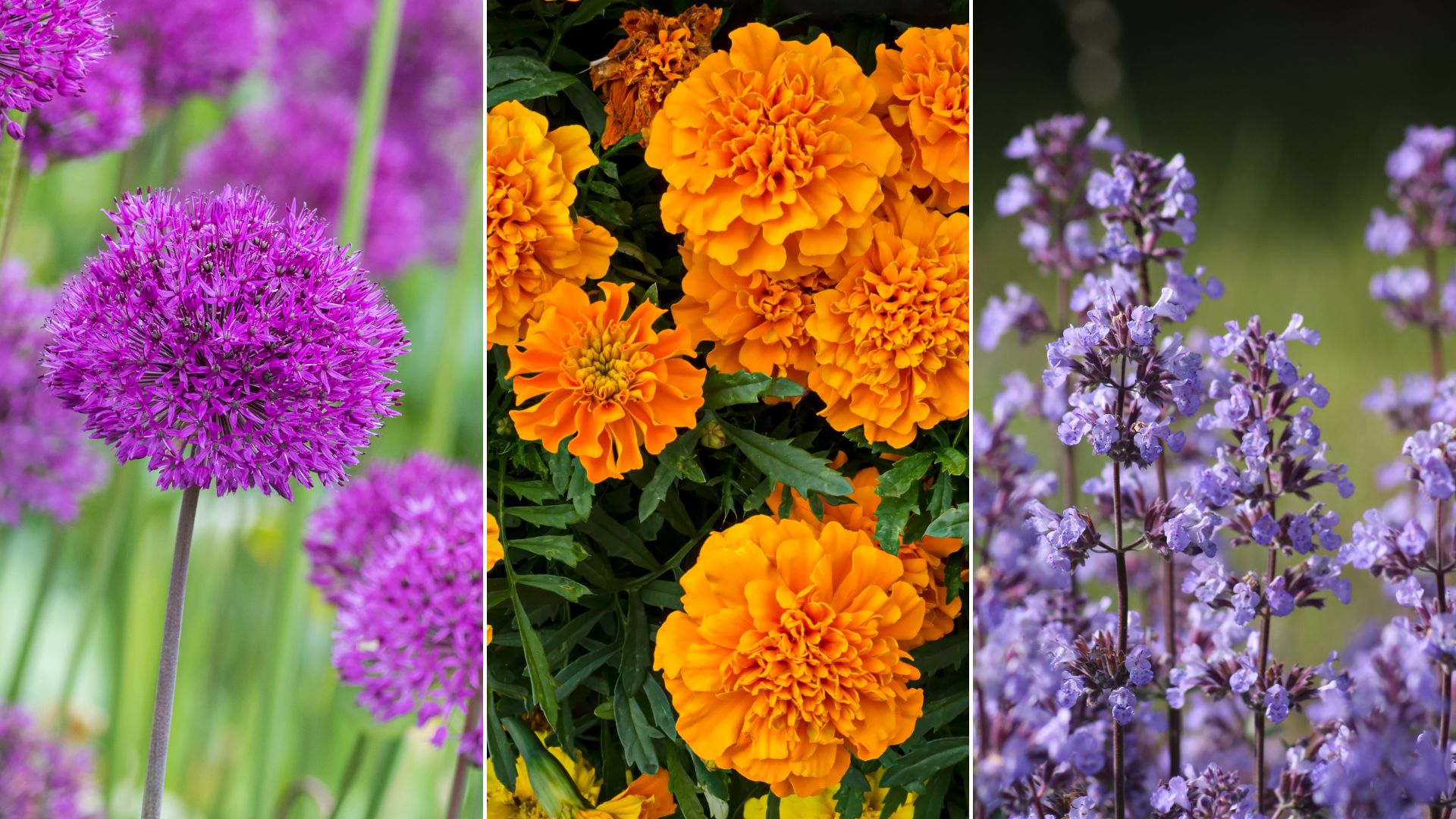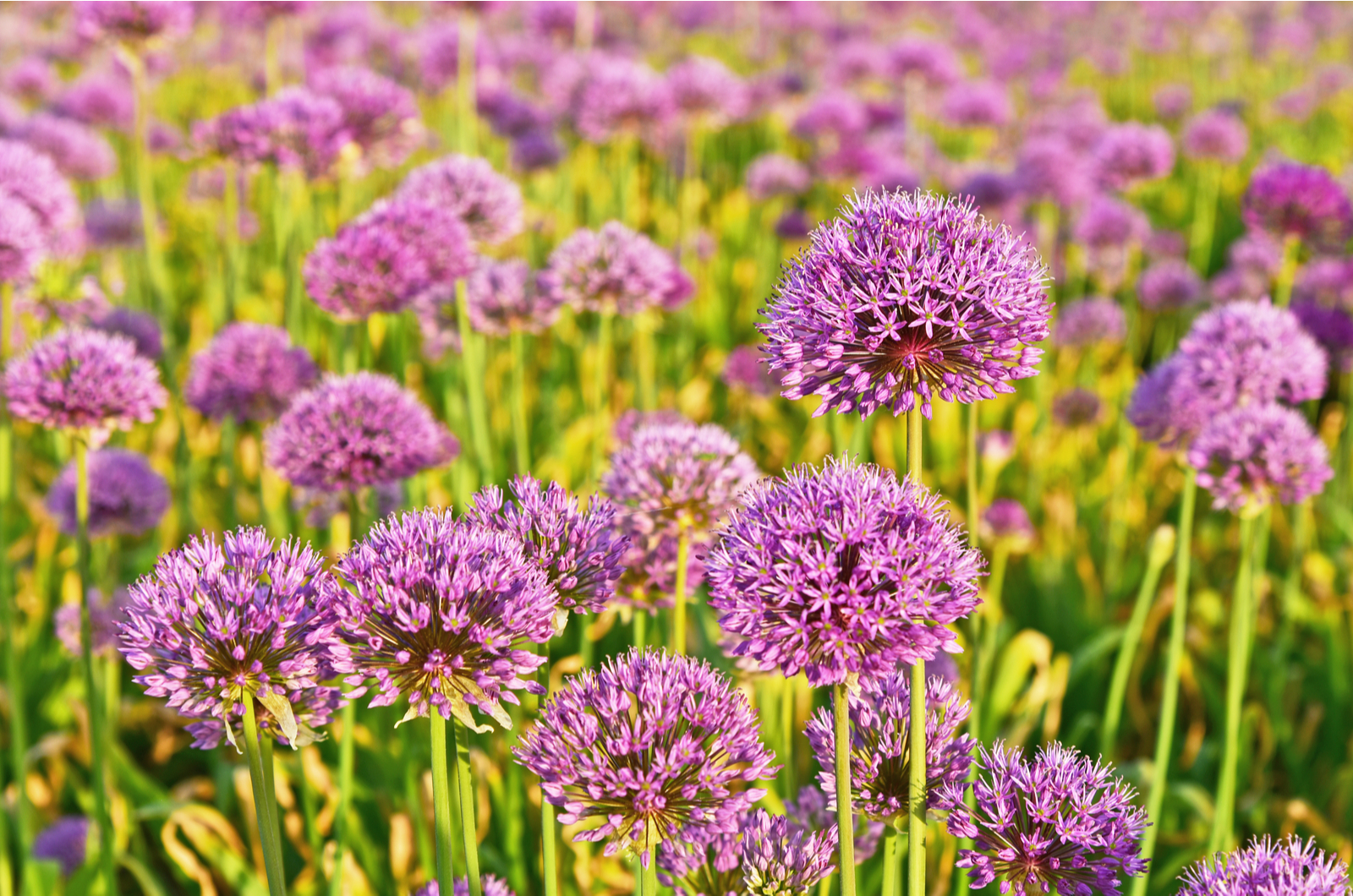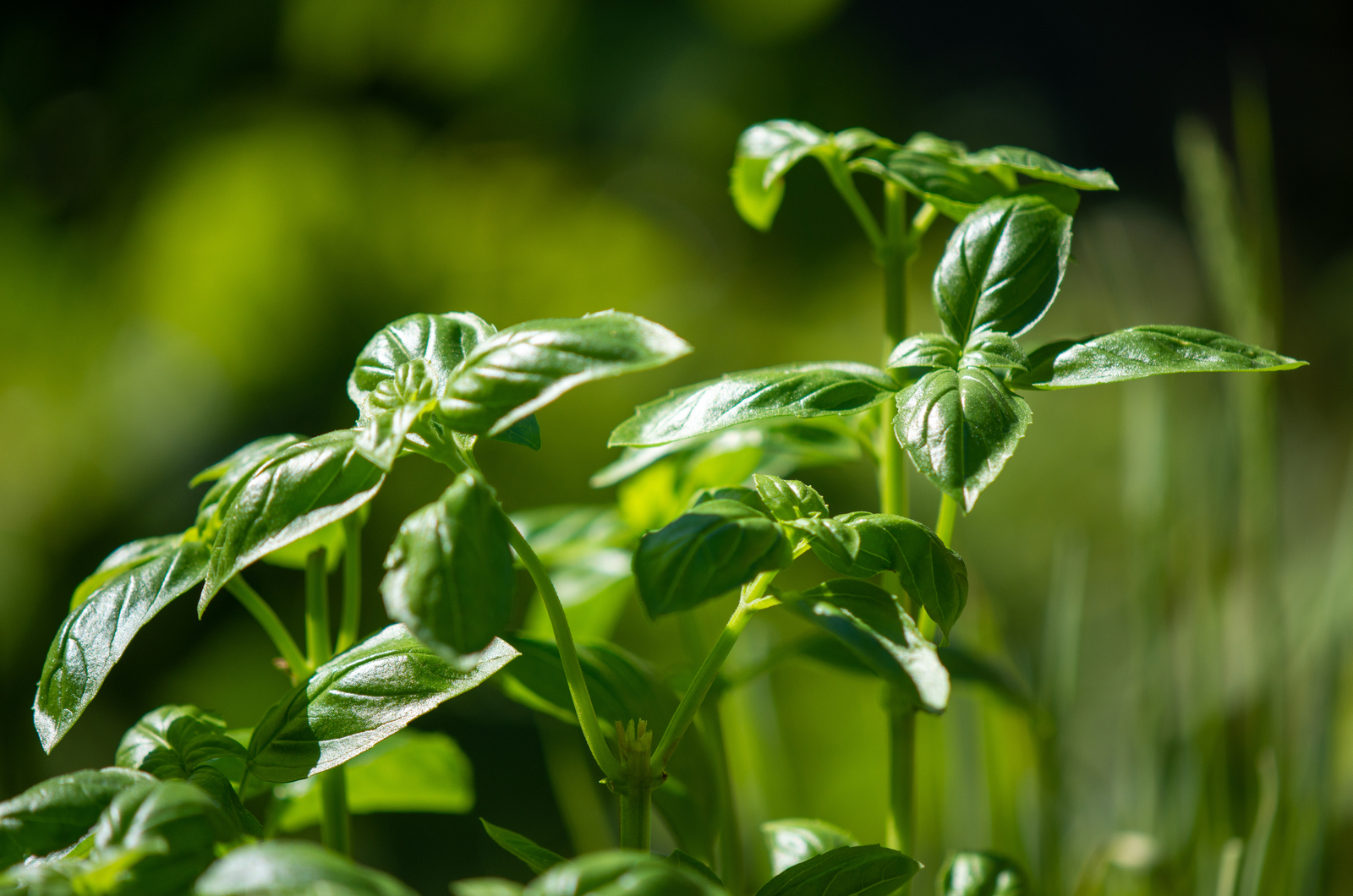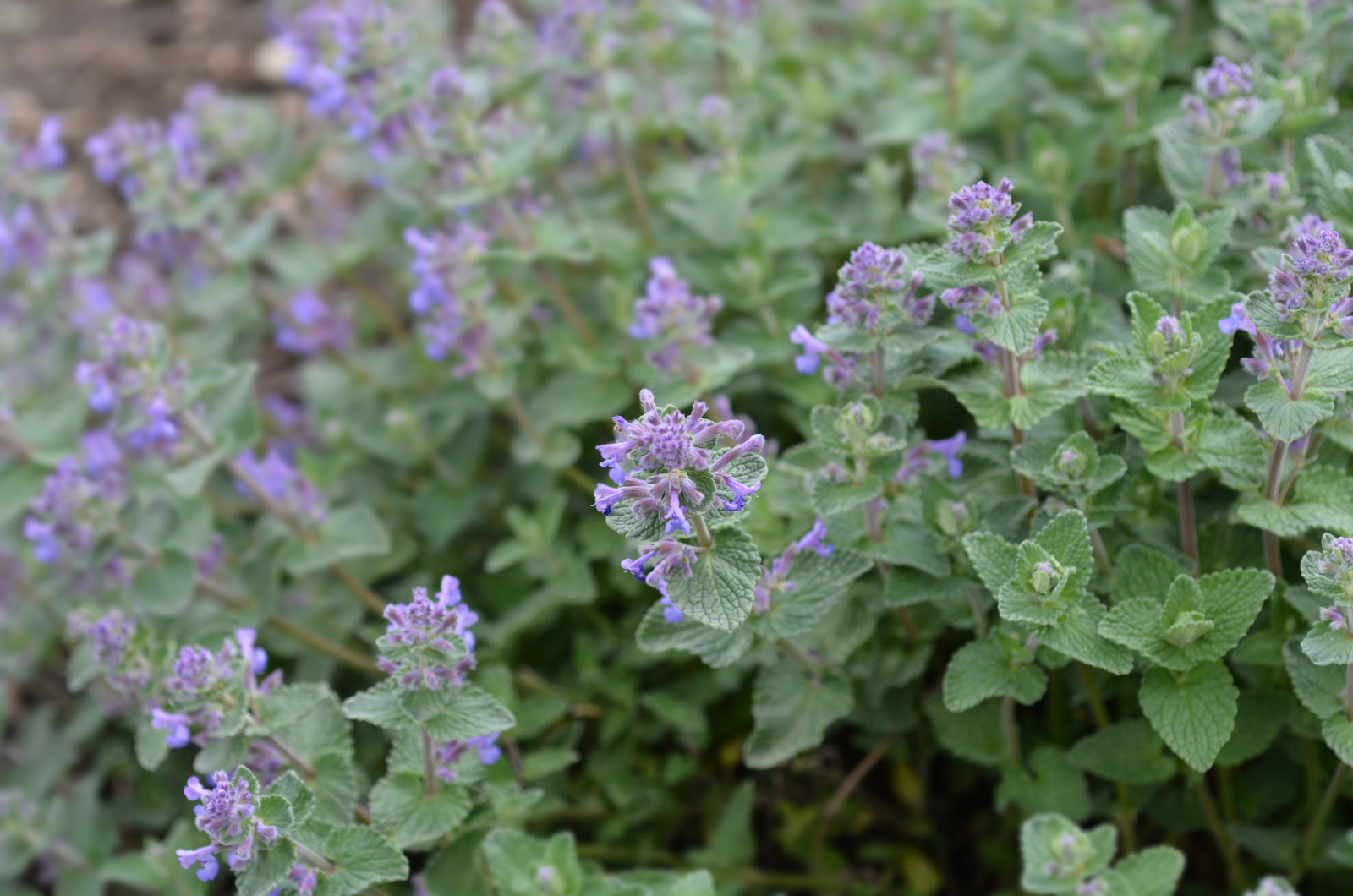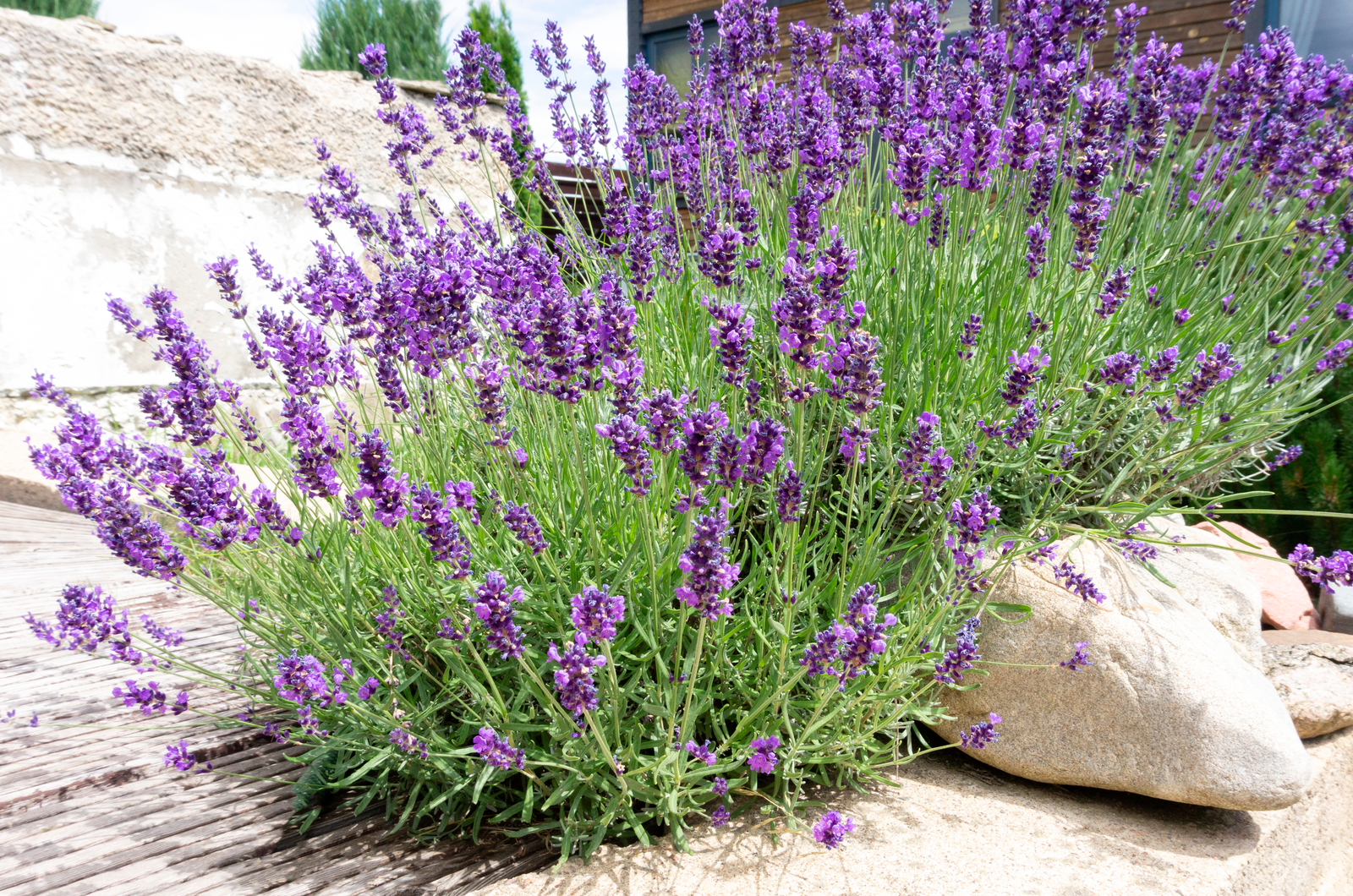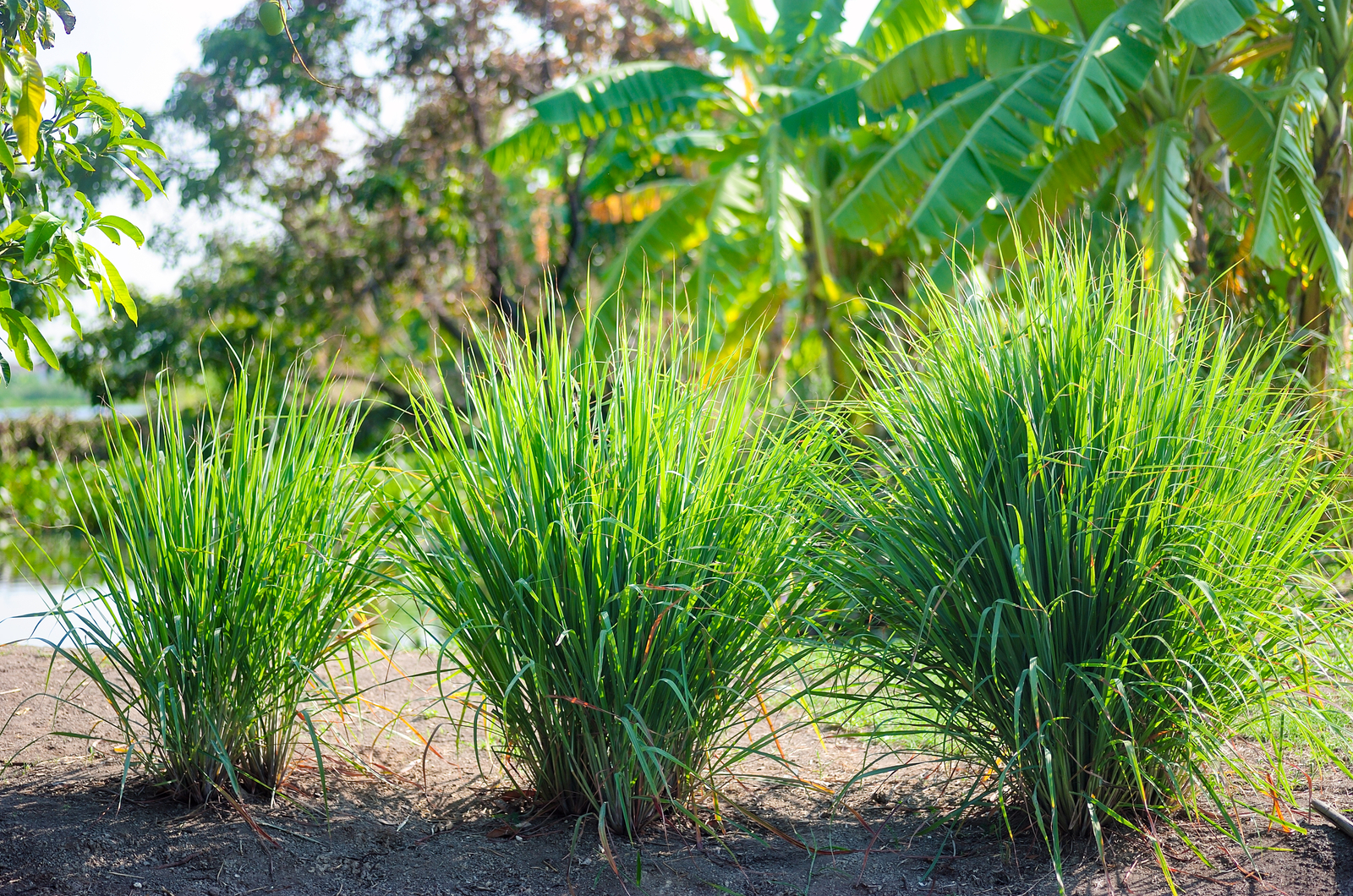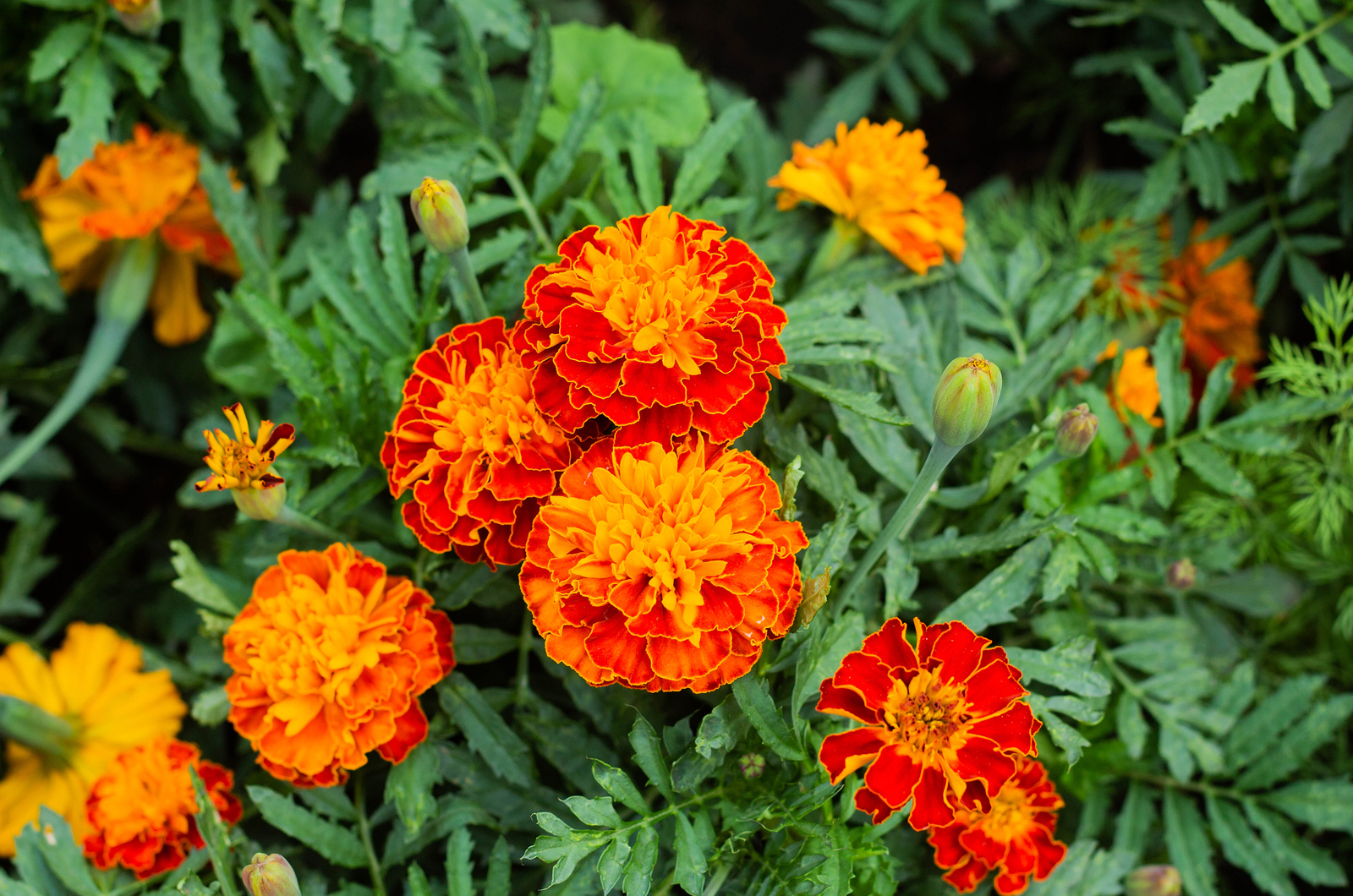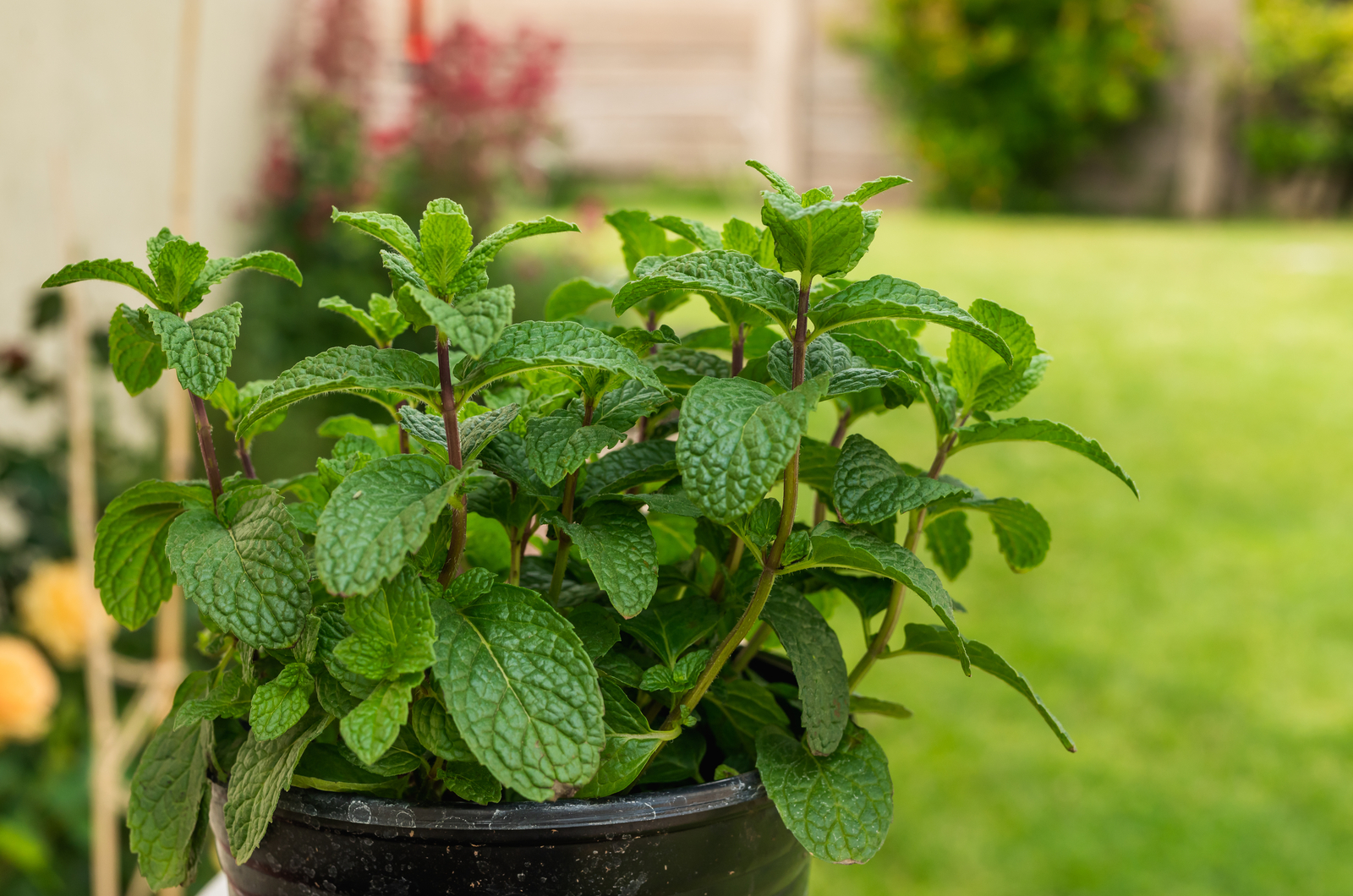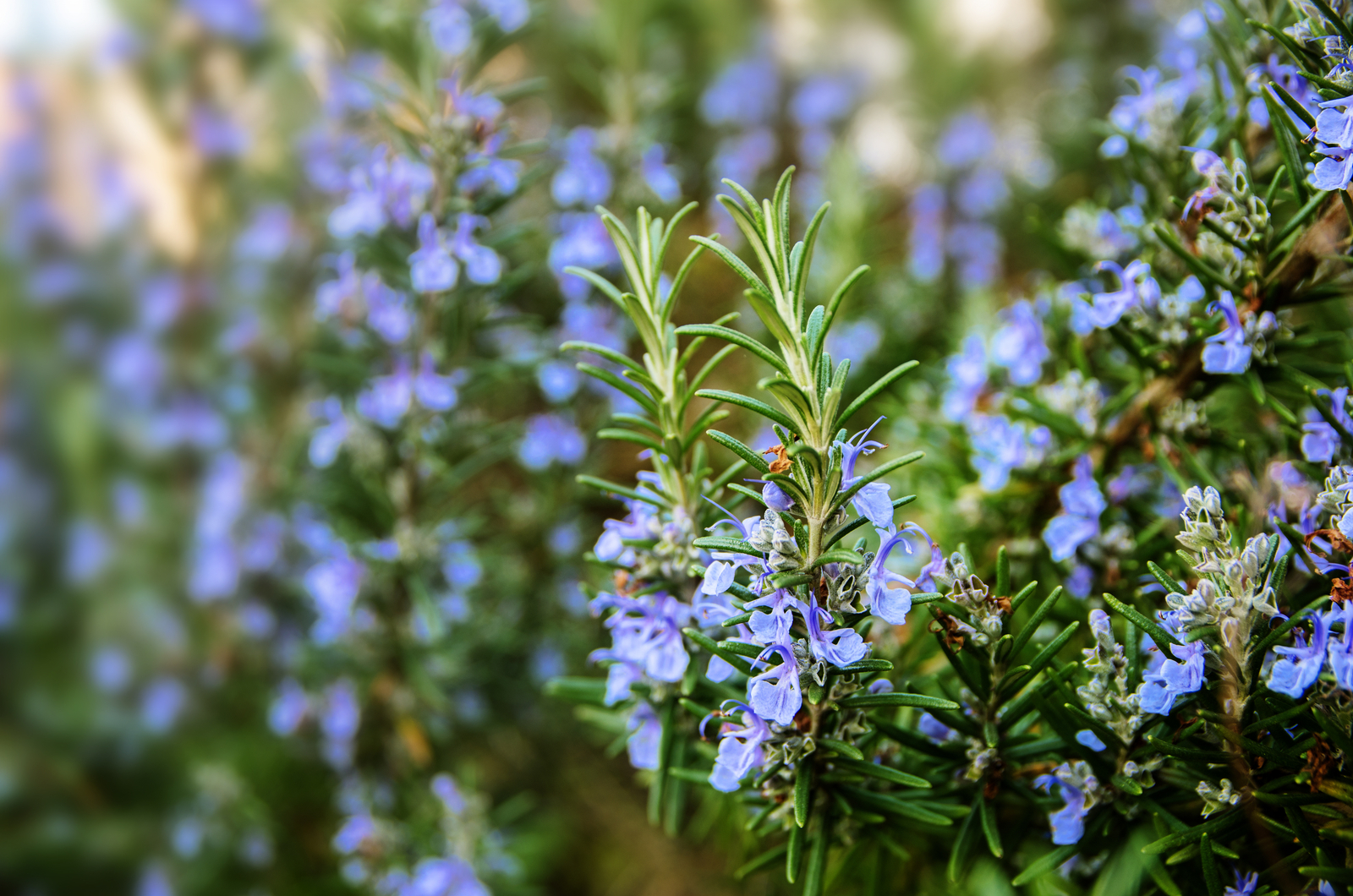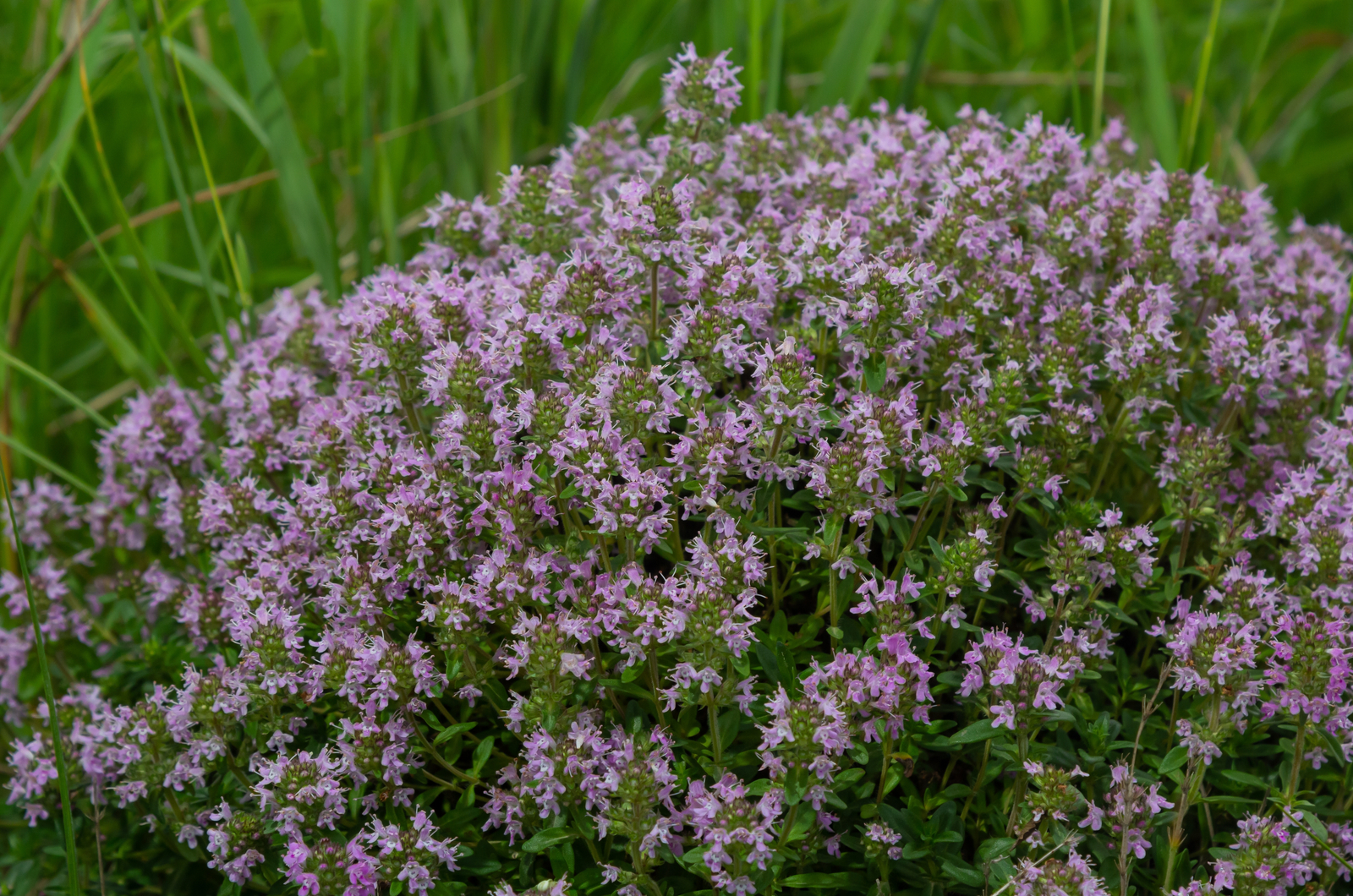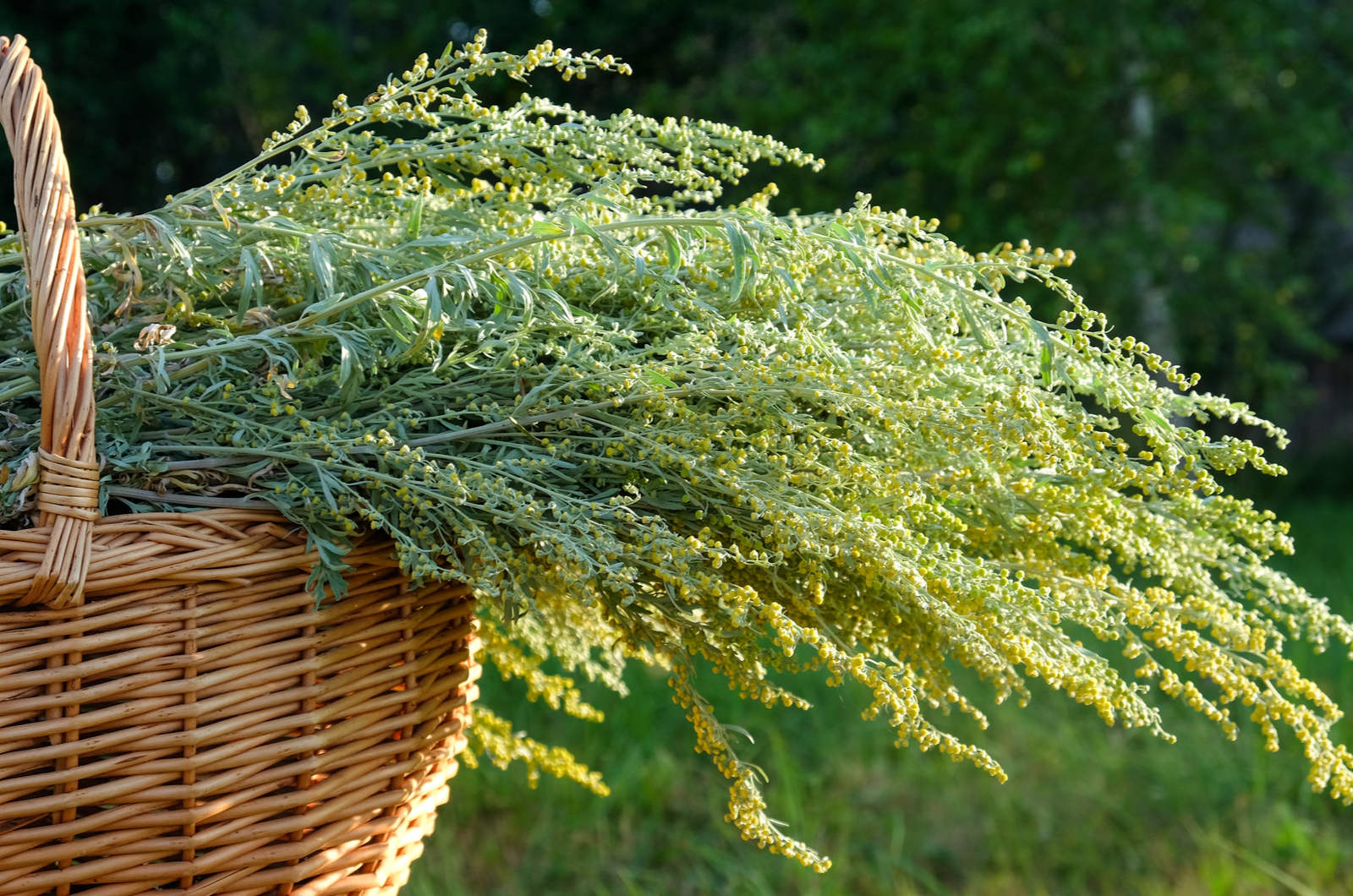Don’t you just dream of a perfect garden, where there aren’t wasps and mosquitoes buzzing around you whilst you’re having the time of your life in your backyard?
I can’t promise all of it, but one thing that will get you one step closer to this is growing pest-repellent plants in your garden that will keep these bugs away.
Different plants deter different bugs, so plant various species and reap all their benefits, protecting your crop as well as your skin.
Let’s check them out!
10 Pest-Repellent Plants For An Insect-Free Garden
Pest-deterrent plants use their fragrance, texture, and taste to repel insects. The following ones can get rid of almost any nuisance, from flies and mosquitoes to tomato hornworms and slugs.
1. Alliums
Repels: Cabbage worms, Japanese beetles, slugs and snails, aphids
Requires: Full sun, free-draining medium
USDA zone: 3-8
Alliums such as onions, garlic, leeks, shallots, etc. can serve a double purpose in your garden. They’re perfect for repelling pests and you can harvest them to add more flavor to your dishes.
These plants exude a sulfur smell (onion-like) that pests detest. It masks the scent of other plants that pests do like, so it will keep your other flowers and veggies safe. (1)
There are many varieties you can grow, and you can choose to plant bulbs from multiple types that flower at different times and keep your garden safe all season long.
Note: One common companion planting method is growing alliums near roses to keep them safe from aphids.
2. Basil
Repels: Mosquitoes, houseflies, thrips, aphids, ants, tomato hornworms, flies
Requires: Full sun, well-drained soil
USDA zone: 10-11 (perennial)
This miracle herb is an essential ingredient in summer dishes and salads and it keeps you safe from mosquitoes.
Crush some of its leaves and rub it onto your skin or burn it over the BBQ to ward off these nuisances.
It contains compounds such as linalool, thymol, and cineol, all of which have great pest-repellent abilities, especially when it comes to mosquitoes. (2)
Grow basil near your tomatoes and repel hornworms, aphids, and thrips, keeping your crop safe and fruit delicious. Other basil companion plants include root vegetables, cucumbers, etc.
And if you leave it to flower, it will attract various beneficial insects and look great in flower beds. Plant it indoors in spring and move it outdoors once the weather warms up.
3. Catnip
Repels: Roaches, mosquitoes, flies, aphids, cabbage loopers, Japanese beetles, Colorado potato beetles
Requires: Full sun and well-drained soil
USDA zone: 3-9
Catnip is a herb you have to consider adding to your garden. It looks gorgeous in an outdoor setting, repels numerous pests, and you can even use it when cooking.
This herb contains iridoids – compounds that deter pests and make cats go crazy. In fact, crushed and damaged catnip leaves release 10 times more iridoids, making their effect much more potent. (3)
The plant dies back in winter, but sprouts right back up come spring. Some bugs and beetles can’t stand its scent, so make sure to grow it in large batches around your delicate flowers and vegetables.
4. Lavender
Repels: Fleas, flies, moths, mosquitoes, slugs, aphids, ticks, termites
Requires: Full sun, excellent drainage, moderate fertility
USDA zone: 5-10
Lavender is an all-time garden favorite, whether you want some color and fragrance in your rock garden, a gorgeous hedge, or something to keep pesky pests away.
It contains linalool, camphor, and borneol among other compounds that are great at keeping pests at bay. (4)
Lavender essential oil can also help you get rid of termites without harming the wood. (5)
There are many lavender varieties you can plant. English lavender is perfect for colder regions and French lavender is more suitable for humid and hot climates.
Just make sure to follow lavender spacing requirements and it will thrive.
5. Lemongrass
Repels: Houseflies, fruit flies, stable flies, mosquitoes, wasps
Requires: Full sun, nutrient-rich, well-drained substrate
USDA zone: 10-11
Lemongrass (also known as citrus grass) is a gorgeous-looking perennial that comes from the tropics.
This plant contains various compounds, such as neral, citral geranyl acetate, geranial, and limonene, that are toxic to insects. (2)
You can grow it together with citronella grass to double its effectiveness or just lemon grass as you can add it to various Asian dishes, too.
Cymbopogon grasses are historically known for their mosquito-repellent abilities and their essential oils are still used in sprays and creams used against these insects.
Just make sure to overwinter it indoors if you live in zones colder than zone 10 because it can’t stand temperatures lower than 40°F.
Lemongrass is perfect for pots due to its compact size (2-4 feet tall), so you can easily slide it indoors and keep it near a sunny window come winter.
6. Marigolds
Repels: Mosquitoes, squash bugs, tomato worms, root-knot nematodes, aphids, whiteflies, blackflies
Requires: Full sun, nutrient-rich and well-drained substrate
USDA zone: 2-11
These plants have a longer blooming season in warmer zones (10 and above), where they attract numerous pollinators and beneficial insects.
Marigolds contain limonene, which repels whiteflies, and its roots exude α-terthienyl, which protects the roots of other plants from nematodes and other harmful organisms. (6)
It is also a great trap crop and can keep your plants safe by luring slugs and other pests away from your veggies.
The plant flowers from summer until frost kills it and is a great companion to almost all flowers, herbs, and vegetables.
7. Peppermint
Repels: Flies, fleas, mosquitoes, spiders, ants
Requires: Part shade, moist, and well-draining substrate
USDA zone: 3-11
Peppermint is an excellent addition to your herb or flower garden due to its wonderful smell that pests detest.
It contains compounds such as menthol, menthone, pulegone, and others which are all great at deterring certain insects, especially if you use the essential oil. (3)
Peppermint repels ants, so you won’t be bothered by these insects crawling all over your patio and into your home.
However, it can get pretty invasive (like many mint plants) and suffocate your other plants in the garden, so make sure to grow it in containers or raised beds.
Disperse the potted peppermint all over your garden, near vegetable plots, flower beds, pathways, and on your patio.
And once it outgrows its container, simply divide the plant and plant it into more pots. Combine it with spearmint and strawberry mint for more diversity and enhanced effect.
8. Rosemary
Repels: Some bean beetles, carrot flies, cabbage moths, mosquitoes, snails and slugs
Requires: Full sun, excellent drainage, moderate fertility
USDA zone: 8-10
Even though this plant is generally hardy in warmer climates, there have been instances where it grew successfully even in zones 7 and 6.
It is a great addition to your herb garden because it looks gorgeous, especially when it clads itself in tiny white or pale blue blossoms.
One of the ways to use rosemary is as a pest-repellent. It contains various compounds with different properties. Some have antibacterial and antimicrobial properties, while others, such as 1,8-cineole, camphor, and α-pinene can affect insects. (9)
It is a great plant for your garden, but if you don’t have soil with good drainage, consider growing it in raised beds or pots.
9. Thyme
Repels: Tomato hornworms, mosquitoes, cabbage loopers, earworms, maggots, whiteflies
Requires: Full sun, excellent drainage
USDA zone: 5-9
There are many varieties of thyme you can grow in your backyard for their pest-repellent abilities.
The essential oils in thyme contain thymol – a compound praised for its antioxidant, antimicrobial, and insecticidal properties. (9)
Thyme can help on its own or you can increase its effectiveness by using its fresh essential oils or burning some on the BBQ to ward off pests.
And it has other benefits for your garden. You can use it as a ground cover to suppress weed growth and add it to your meals.
Creeping thyme varieties are excellent ground covers and make great cascading potted displays, while upright varieties are perfect for herb gardens and clean container-garden looks.
Note: Just make sure you don’t keep its roots wet for too long or it may rot. If you live in a rainy region, consider growing it in raised beds or pots.
10. Wormwood
Repels: Ants, cabbage loopers, cabbage maggots, carrot flies, flea beetles, whiteflies, aphids, moths, earwigs
Requires: Full to partial sunlight, well-drained soil
USDA zone: 4-9
This strong and woody perennial has a fragrance reminiscent of sage that repels all sorts of pests from your garden.
Wormwood contains compounds, such as camphor and α-thujone, which have excellent pest-repelling properties, especially if you use essential oils. (10)
You can use its dry foliage and scatter it around your garden to deter various insects.
Wormwood flowers aren’t that attractive, but the green foliage is a great canvas you can fill with various colors and companion plants.
And the best part is that established plants don’t require that much care and can tolerate dry and infertile soils quite well.
References:
1. Glas, A. (2015). Gardening Best Friends: Allium and Roses. The Scott Arboretum of Swarthmore College.
2. Ludia, R. P., Shahabuddin, S., Gatot, S. H. (2022). Characterization and Evaluation of Sweet Basil (Ocimum basilicum L.) Oil as Larvicidal and Repellent against the Yellow Fever Mosquito. IOP Conference Series: Earth and Environmental Science.
3. Oza, A. (2022). Catnip’s Insect-Repelling Powers Grow as Puss Chews on It. Science News Explores.
4. El Abdali, Y. et.al. (2022). Lavandula dentata L.: Phytochemical Analysis, Antioxidant, Antifungal and Insecticidal Activities of Its Essential Oil. Plants (Basel).
5. Šimůnková, K., Hýsek, Š., Reinprecht, L., Šobotník, J., Lišková, T., & Pánek, M. (2022). Lavender Oil as Eco-Friendly Alternative to Protect Wood against Termites without Negative Effect on Wood Properties. Scientific Reports.
6. Plata-Rueda, A. et.al. (2020). Insecticidal and Repellent Activities of Cymbopogon citratus (Poaceae) Essential Oil and Its Terpenoids (Citral and Geranyl Acetate) against Ulomoides dermestoides. Crop Protection.
7. Krueger, R., Dover, K. E., McSorley, R., & Wang, H. (2019). Marigolds (Tagetes spp.) for Nematode Management. UF IFAS Extension: askifas, powered by EDIS.
8. Baker, B. P., Grant, J. A., & Malakar-Kuenen, R. (2018). Peppermint & Peppermint Oil Profile Active Ingredient Eligible for Minimum Risk Pesticide Use. New York State Integrated Pest Management Program, Cornell Cooperative Extension.
9. Krzyżowski, M., Baran, B., Łozowski, B., & Francikowski, J. (2020). The Effect of Rosmarinus officinalis Essential Oil Fumigation on Biochemical, Behavioral, and Physiological Parameters of Callosobruchus maculatus. Insects.
10. Maia, J. D., La Corte, R., Martinez, J., Ubbink, J., & Prata, A. S. (2019). Improved Activity of Thyme Essential Oil (Thymus vulgaris) against Aedes aegypti Larvae Using a Biodegradable Controlled Release System. Industrial Crops and Products. 11. Naimi, I., Zefzoufi, M., Bouamama, H., & Ba M’hamed, T. (2022). Chemical Composition and Repellent Effects of Powders and Essential Oils of Artemisia absinthium, Melia azedarach, Trigonella foenum-graecum, and Peganum harmala on Tribolium castaneum (Herbst) (Coleoptera: Tenebrionidae). Industrial Crops and Products.

